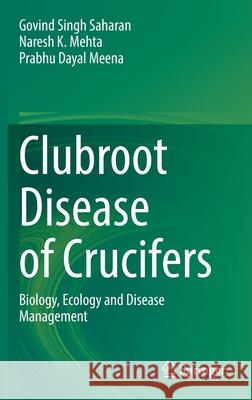Clubroot Disease of Crucifers: Biology, Ecology and Disease Management » książka
topmenu
Clubroot Disease of Crucifers: Biology, Ecology and Disease Management
ISBN-13: 9789811621321 / Angielski / Twarda / 2021 / 756 str.
Clubroot Disease of Crucifers: Biology, Ecology and Disease Management
ISBN-13: 9789811621321 / Angielski / Twarda / 2021 / 756 str.
cena 724,58
(netto: 690,08 VAT: 5%)
Najniższa cena z 30 dni: 655,41
(netto: 690,08 VAT: 5%)
Najniższa cena z 30 dni: 655,41
Termin realizacji zamówienia:
ok. 22 dni roboczych
Dostawa w 2026 r.
ok. 22 dni roboczych
Dostawa w 2026 r.
Darmowa dostawa!
Kategorie:
Kategorie BISAC:
Wydawca:
Springer
Język:
Angielski
ISBN-13:
9789811621321
Rok wydania:
2021
Wydanie:
2021
Ilość stron:
756
Waga:
1.26 kg
Wymiary:
23.39 x 15.6 x 4.14
Oprawa:
Twarda
Wolumenów:
01
Dodatkowe informacje:
Wydanie ilustrowane











